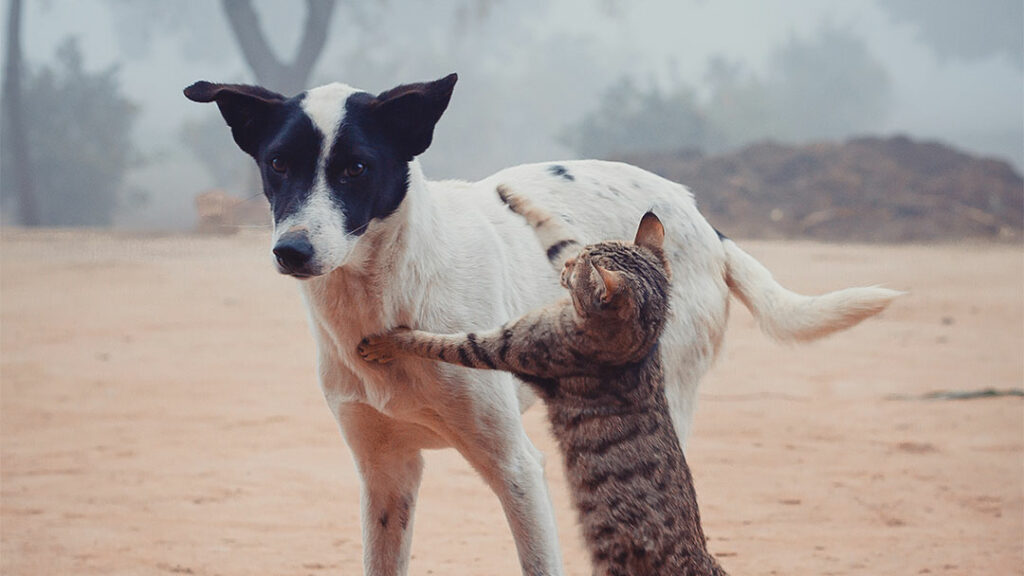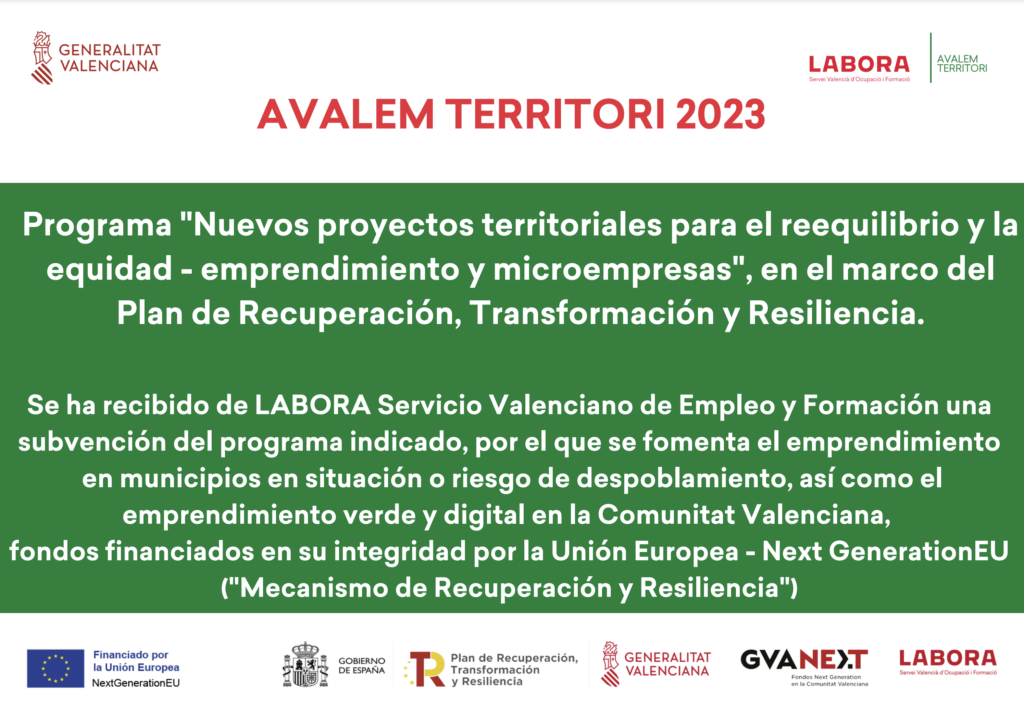Cats are curious beings who love being outside. Whether you have a cat that likes to explore the great outdoors or a feral cat you want to keep safe and warm, you need a proper outdoor cat house. A good, well-built outdoor cat house provides shelter from the cold and elements in winter, shade during summer months, and a safe shelter away from other animals/distractions in your yard or garden.
So, in our guide, we’ll look at everything you need to consider when selecting the best outdoor cat house. From getting to know what your cat wants to the materials and design elements, you’ll have all the information you need to make the best choice for your furry friend.
Why an Outdoor Cat House Matters
Outdoor cats must deal with heat, cold, rain, wind, and predators. An outdoor cat house helps create a consistent spot your cat can call his own, a place to relax and rest area and stay safe from the weather. For feral or community cats, a shelter may be what helps them survive a tough winter versus falling victim to the cold.
An outdoor cat house is also a responsible method to take care of cats that live outdoors, who now you have them a place where they can have shelter, nourishment and live a healthy life. Even indoor-outdoor cats can appreciate a space of their own to chill safely outdoors.
Key Features to Look for in an Outdoor Cat House
Here are a few things to look for when picking out an outdoor cat house that will help keep your cat comfortable and safe:
1. Weather Resistance
The most common reason why you’d need a cat house is to give shelter to the pet cat against the elements. Opt for one constructed from sturdy, weather-resistant material such as treated wood, heavy-duty plastic, or weatherproof fabric. They should have a few key features — a sloping roof to avoid collecting water, sealed seams and an elevated base that prevents moisture and cold from seeping up.
2. Insulation
Insulation is essential, particularly if you live in a place with chilly winters. A well-insulated cat house will stay warm, offering a refuge when it’s cold outside. Some cat houses are also insulated, while others can be lined with thermal blankets or straw for additional warmth. Don’t use materials like hay or towels, which can get wet and cold.
3. Size and Interior Space
A cat house needs to be the right size for your cat. It should be roomy enough for your cat to turn round, stretch out, and lie down, but small enough so that body heat can be maintained. When it comes to feral cats or colonies, you can go for a bit bigger cat house which can house more than 1 cat at a time.
4. Entrance Design
A decent outdoor cat house will have an entrance that allows cats to slip easily through it, but is too small for larger predators to crawl through. A few styles come with a small door or a door flap for additional wind and rain protection. Double-door design, both entrance and exit, cats feel safe when they play.
5. Ease of Cleaning
Hygiene matters even in outdoor shelters. Opt for a design that’s easy to clean, like a roof that lifts off or a side panel that opens. Cleaning the cat house regularly will keep away the grime, parasites, dirt, and bacteria, thus keeping a good environment for you’re your cat is one less thing to worry about!
6. Stability and Safety
Your cat house should be sturdy such that wind and rain do not topple it over. One of these factors is overall wind, and if you live in a particularly windy area, you may want to either anchor the house in place on the ground or position it in a sheltered location near a wall or fence for additional security.
Choosing the Right Materials for Durability
Choice of material is also key to the durability and ultimately the success of an outside cat house. Here is a rundown of popular choices:
- Wood: Provides natural insulation and looks beautiful, but may need treatments to weatherproof and prevent rot.
- Plastic/Resin: Lighter weight, easy to clean, and resists breakage by weather. Ideal for wet climates, but may be less insulating than wood.
- Fabric (Tent-Style): Portable and convenient to store, but not as strong in harsh weather. Best for mild temperatures or temporary use.
For cold climates, this means searching for houses with insulated walls, or that you can add heating pads for pets. Always put safety first by using products for animals that won’t overheat or pose a fire hazard.
DIY vs. Store-Bought: Which Is Best?
One of the biggest questions for cat owners is whether to purchase a pre-fab cat house or make one from scratch. Each approach has its strengths and weaknesses:
- Store-Bought Cat Houses: These usually have special features such as insulation, waterproofing and simple assembly. They save time and might be backed by warranties or guarantees. There are a variety of designs available from popular brands such as K&H, Petmate, and Kitty Tube.
- DIY Cat Houses: Constructing your own cat house can save you money and provide a sense of satisfaction and accomplishment. There are heaps of online plans and tutorials for all skill levels. DIY shelters can also be cheaper, especially if you use post-consumer waste materials, like storage bins or old coolers.
At the end of the day, the choice there is up to you and your wallet and your skills. Whatever path you opt for, the main goal is creating a secure, weatherproof and comforting shelter for your cat.
Tips for Placing Your Outdoor Cat House
Location is everything, this can’t be stressed enough, or maybe it can, so we’ll say it again. Placement is everything when it comes to the success of your outdoor cat house. Consider the following tips:
- Place the house in a quiet, sheltered location away from heavy foot traffic and noise.
- Elevate the house slightly off the ground to prevent water seepage and cold from the ground.
- Ensure the entrance faces away from prevailing winds.
Add camouflage with natural elements like bushes or shrubs to help cats feel secure.
If it is for ferals or community cats, you will want it where they are already using like near food stations or forcing territory paths.
Conclusion
If you have a feline pest control professional on the premises, caring for your outdoor cat with an outdoor cat house is a lovely gesture, never mind a cosy one where they can snooze. By thinking about weatherproofing, insulation, size, placement, and other factors, you’ll design a safe and inviting space for your cat based on the climate where you live.
An outdoor cat house is not just a shelter — it’s a display of empathy and kindness. It gives your cat a place to hide, to sleep, and to call home. Whether you download a plan or design your model, your investment of time or money on a cat will pay off in a stress-free, safe environment that will provide your cat with comfort in any weather.



